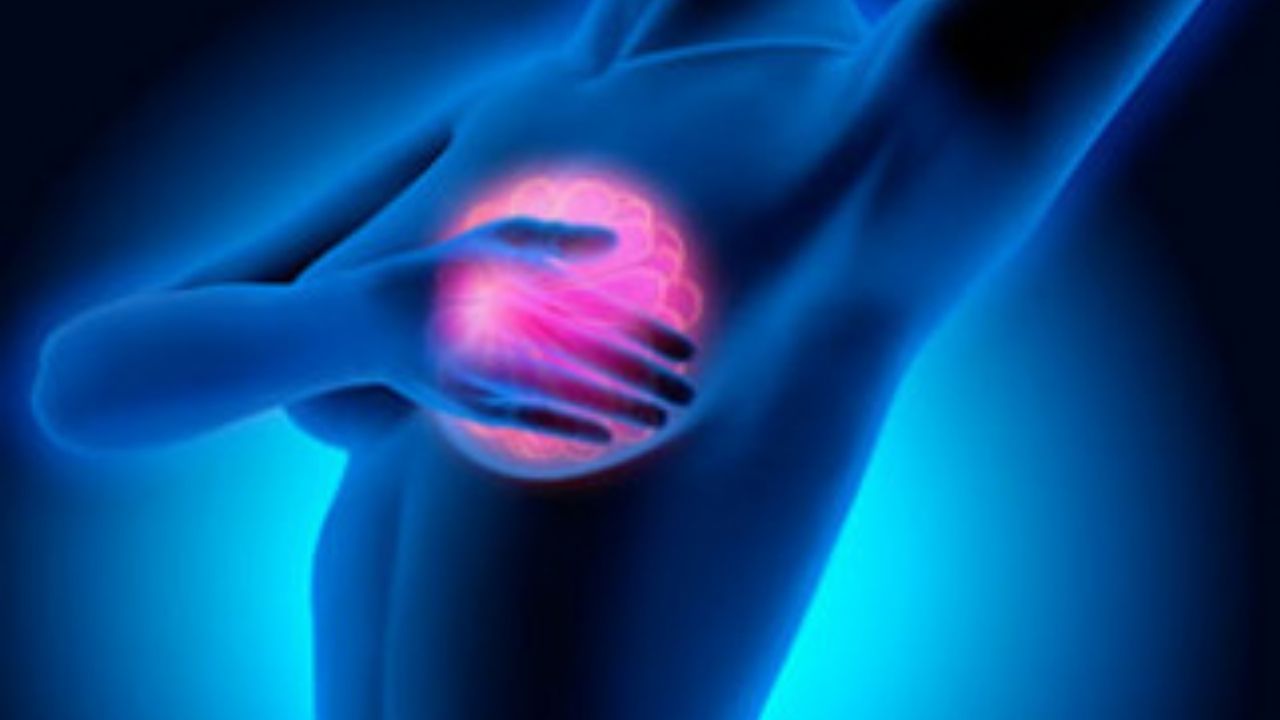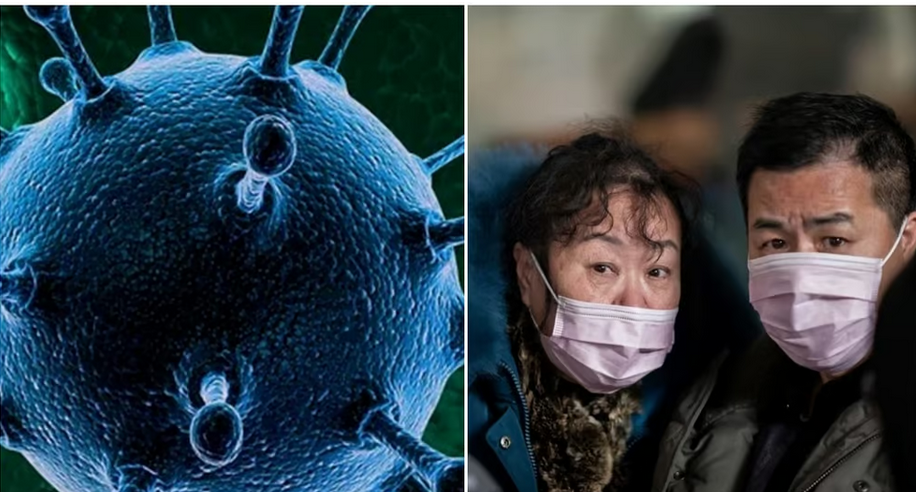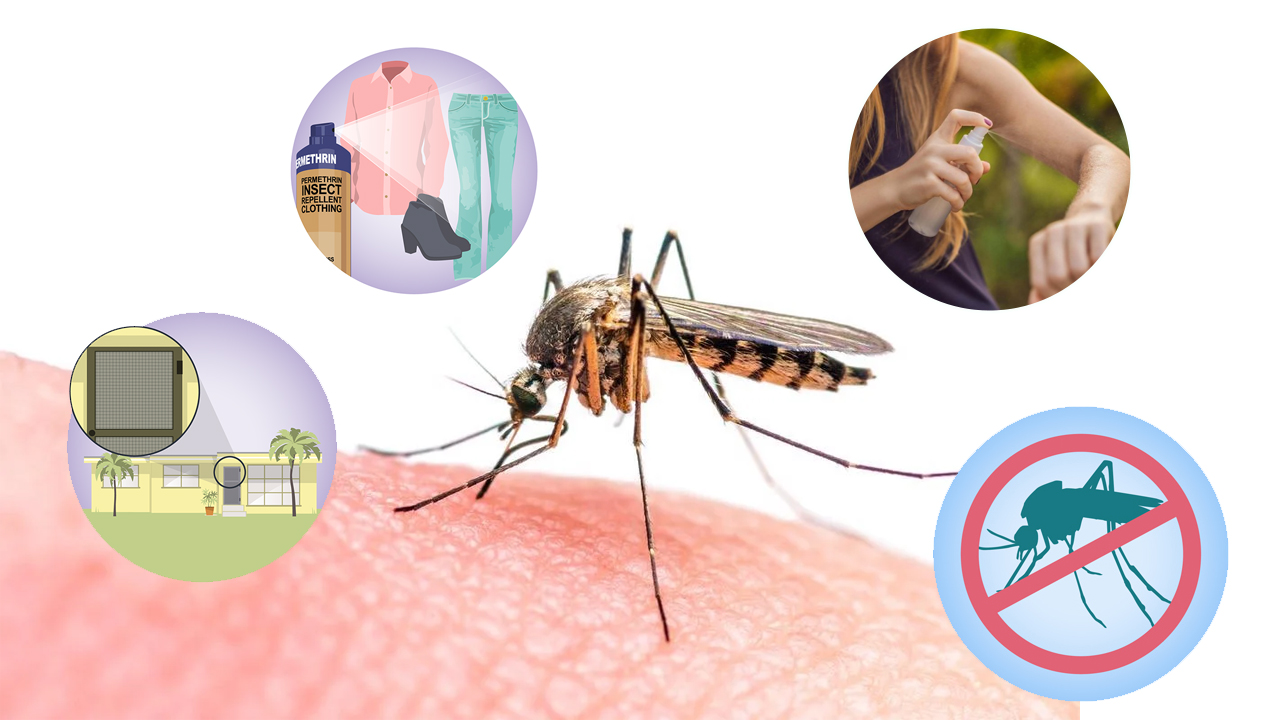Metastatic breast cancer is essentially stage 4 breast cancer. It’s also referred to as advanced breast cancer. The word “metastatic” refers to cancer that has spread beyond the part of the body where it started. In comparison, the term “localized” means the cancer is contained to its primary site.
Metastasis is the process by which cancer cells spread. In the case of metastatic breast cancer, cancer originated in breast tissue, then spread to other parts of the body. Metastatic cancer is further described as local, regional, or distant, depending on the location of the cancer cells in relation to the original tumor.
Diagnosis
Ultrasonography: With this imaging technique, sound waves (known as ultrasound waves) create a picture of internal areas of the body.
Magnetic Resonance Imaging (MRI): This procedure produces detailed images using magnetic fields and radio waves.
Biochemistry studies: A blood sample is taken to measure the amounts of certain substances that are released by your organs and tissues. A higher or lower amount of a particular substance may be a sign of disease.
Biopsy: A biopsy is the removal of cells or tissues so a pathologist may view them through a microscope. Your original breast cancer diagnosis was likely confirmed with a biopsy.
Additional tools for diagnosing
Chest X-ray - This detailed image of the chest may help doctors see whether cancer has spread to the bones.
CT Scan - This procedure takes detailed pictures of internal areas of the body using a computer linked to an X-ray machine. A dye may be used to help the organs show up more clearly in the images.
Bone scan - This procedure looks for bone metastasis of cancer cells that have spread to the bone. A small amount of radioactive material is injected into the blood, then detected with a scanner.
Treatment
While there is no cure for metastatic breast cancer, there are treatment options available that can extend a patient’s life, while maintaining the quality of life. There are also clinical trials available that offer hope.
Hormone Therapy - This therapy works by stopping hormones, such as estrogen and progesterone. Some types of breast cancers have receptors, or proteins, which attach to these hormones to help them grow. By blocking the hormones, you may help slow cancer’s progression. This treatment works on hormone receptor-positive cancers.
Chemotherapy- Chemotherapy (drugs) is given intravenously, often in cycles throughout several weeks. Some patients tolerate it better than others. It’s possible to experience some side effects with this line of treatment.
Immunotherapies – These are the drugs that are designed to stimulate the immune system to destroy cancer cells in certain types of breast cancers. They’re known as immune checkpoint inhibitors. Side effects may include fatigue, coughing, nausea, rash, loss of appetite, and autoimmune reactions.
Targeted drug therapy – This therapy is a newer treatment that works to block specific types of proteins or gene mutations that fuel breast cancer. These drugs may stop or slow a process fuelling cancer and are sometimes combined with chemotherapy or hormone therapy. Side effects are possible and vary from one drug to another.
Reference - https://www.cancercenter.com/cancer-types/breast-cancer/types/rare-breast-cancer-types/metastatic-breast-cancer

 Every cancer is unique and experience may not be necessarily the same as that of another breast cancer patient. Know some important information about breast cancer
Every cancer is unique and experience may not be necessarily the same as that of another breast cancer patient. Know some important information about breast cancer



















.jpeg)

.jpeg)










.jpg)




.jpg)

